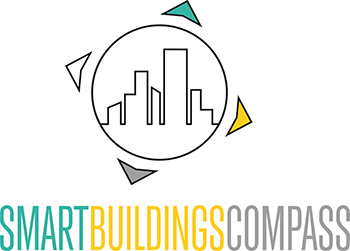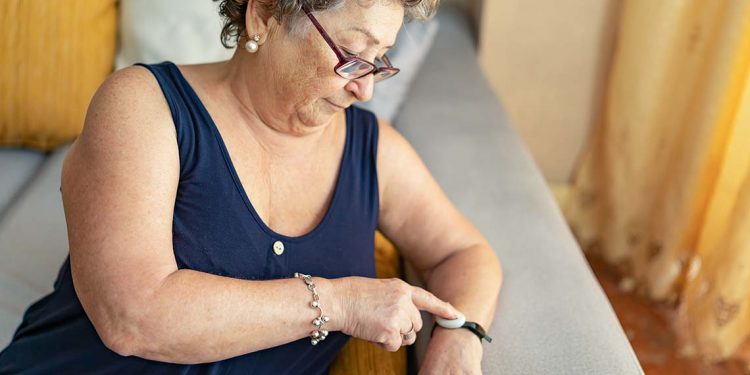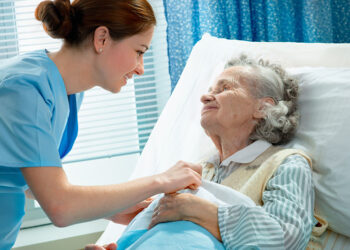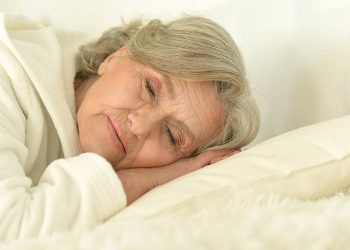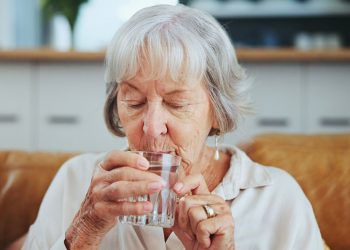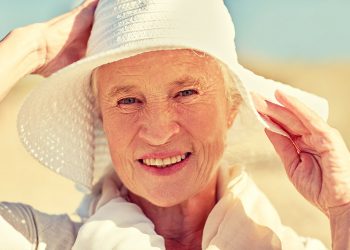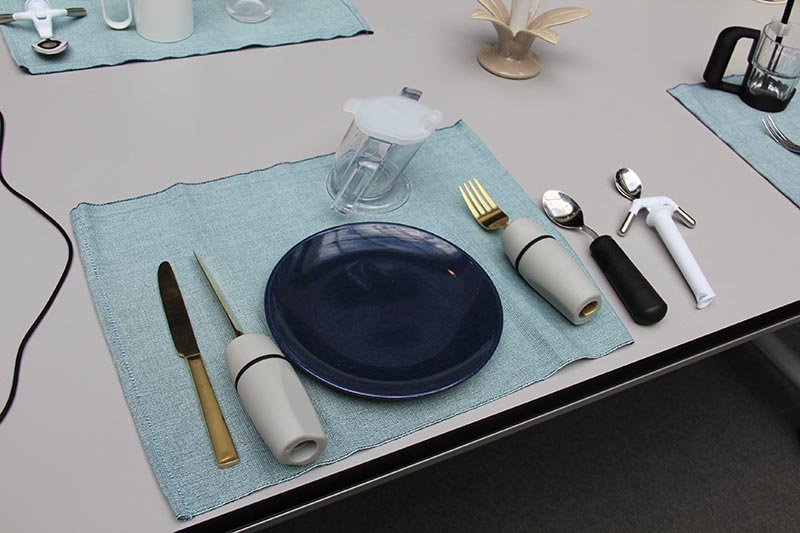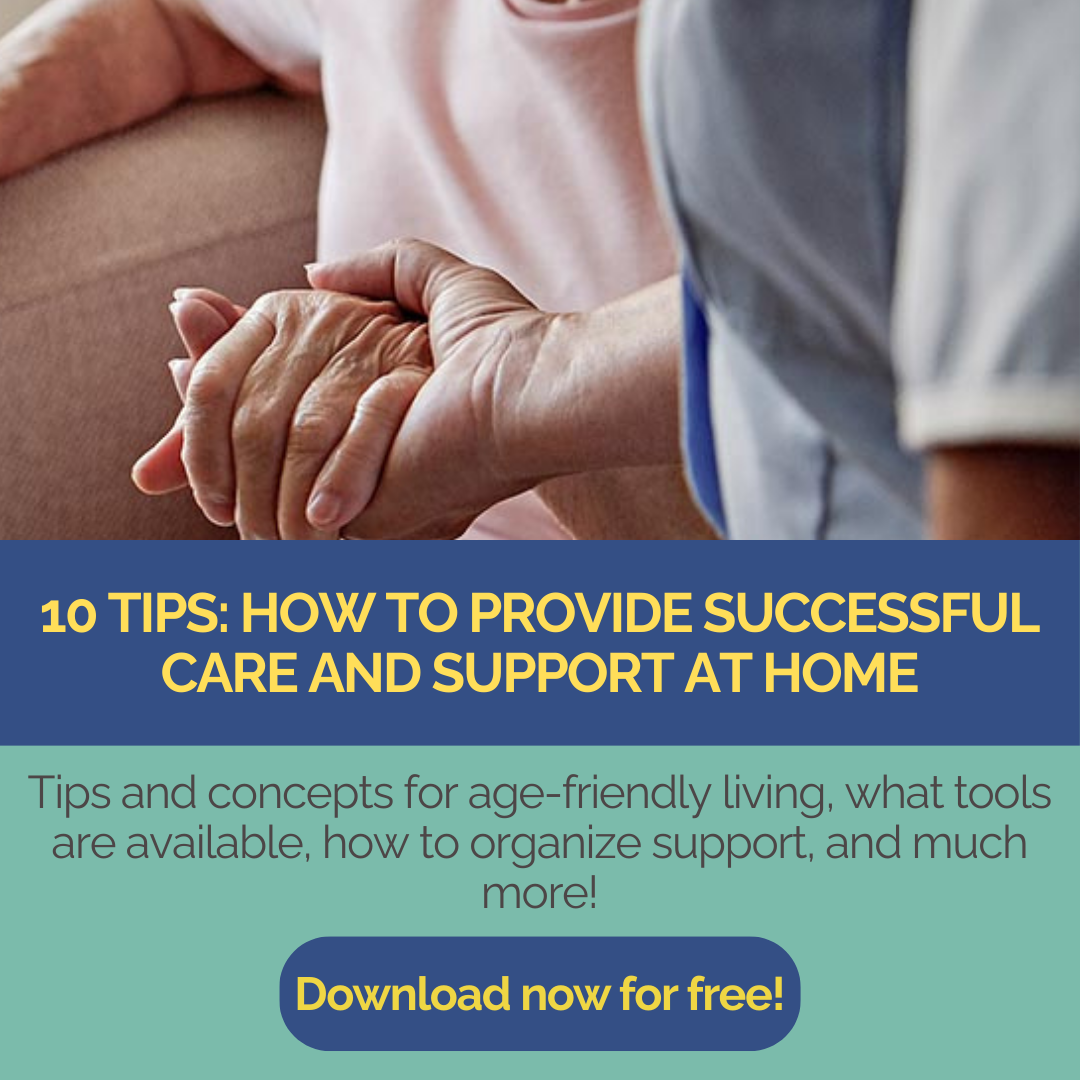With demographic change, one topic is increasingly becoming the focus of society, business and politics: How can older people live independently, safely and comfortably for as long as possible – ideally in their own home? Assistance solutions for older people, also known as AAL (Ambient Assisted Living), offer an answer to this question.
These solutions combine technology, services and structural concepts to make everyday life easier for older people and relieve the burden on caregivers. Our platform SmartBuildingsCompass.com provides orientation in the growing market of digital and construction innovations relating to the topic of “senior Living” – and regularly highlights the latest developments, products and providers.
How can care be provided at home? And why do we have to answer this question at all?
In future, care will be provided at home. This is because the desire of many people is becoming a necessity: Demographic change, combined with the shortage of skilled workers and notorious lack of money in the care sector, is putting care under pressure. Added to this are the rising costs of energy, personnel, materials and interest. The consequences: Reduced care home places, care is increasingly being provided at home by the family. This increases their organizational and financial burden.
At the same time, the expansion of the outpatient system, i.e. support for those in need of care and their relatives, is lagging behind market demand. The care support available in Germany and Austria varies depending on the federal state and region.
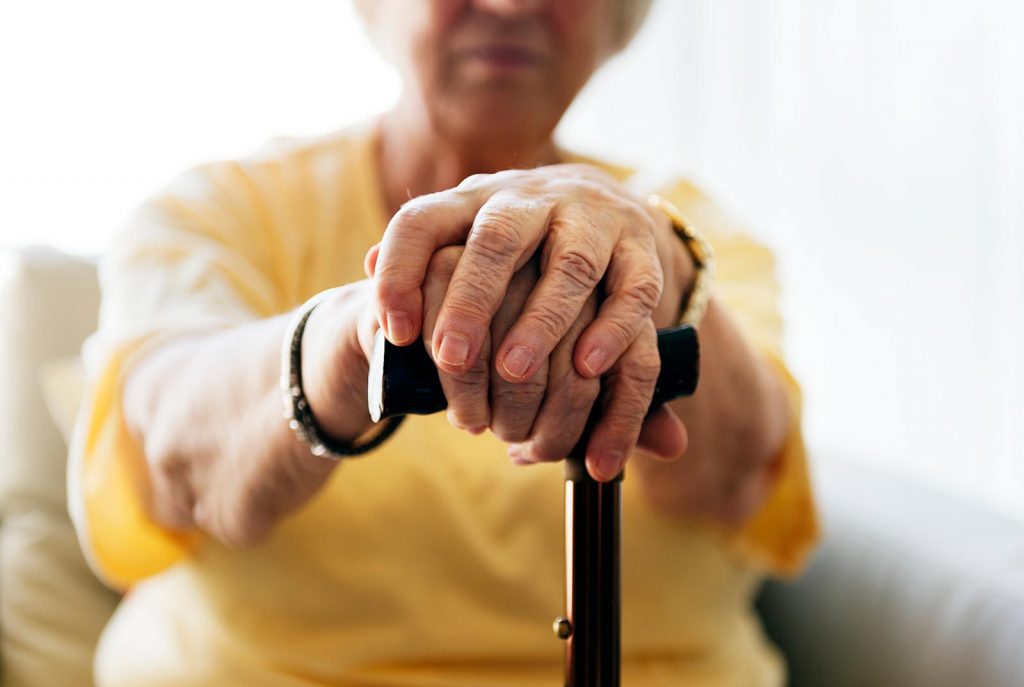
Why are women particularly affected by these developments?
Women often take on care work and are more at risk of poverty than men due to the high part-time employment rate. They are living longer and face the challenge of having to make do with a significantly lower retirement pension than men.
This means they have less money available throughout their lives, which can lead to barriers to accessing healthcare, such as co-payments for medication and necessary care services. According to a Danish study, poverty also leads to a higher risk of receiving the wrong medication.
New approaches to care and support are needed – but what can they be?
On the one hand, there is currently a shortage of around 3 million senior friendly apartments in Germany alone – and the trend is rising. What do we mean by senior-friendly? Age-appropriate housing refers to forms of living and living spaces that are specially tailored to the needs of older people. This includes barrier-free floor plans, threshold-free access, non-slip floors, easily accessible light switches and adapted bathrooms and kitchens. It is particularly important that the rooms can also be accessed with a rollator and wheelchair. Steps from a height of 1 cm become dangerous barriers and sources of accidents in old age.
The aim is to enable people to live as independently and safely as possible, even if they have physical or cognitive limitations. Senior living is increasingly being supplemented by digital assistance systems and services – such as emergency call solutions, smart home technology or support services that further increase comfort and safety.
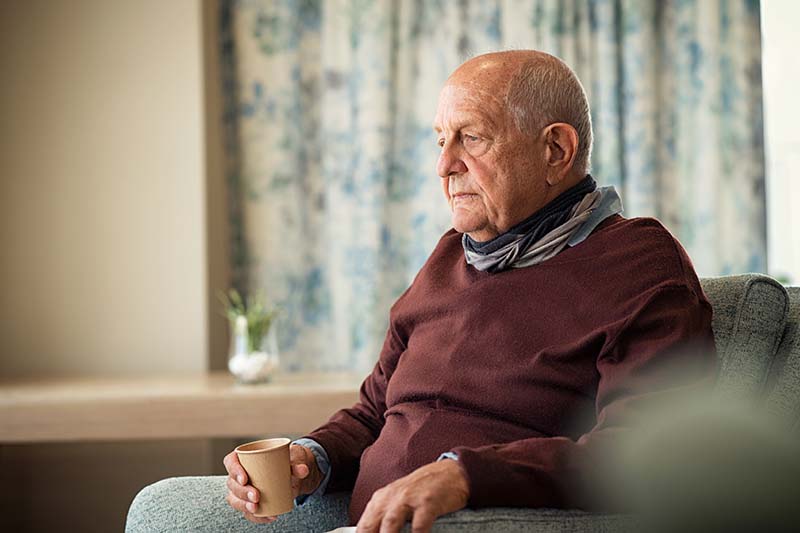
Innovative care concepts such as day care or day centers provide support in everyday life and relieve the burden on relatives. Day care and day centers for older people are services that offer older people care, nursing and social activities during the day – usually on weekdays and for several hours a day. They are aimed in particular at senior citizens who live at home but need support in everyday life or experience loneliness. At the same time, they relieve the burden on family carers.
Day care is part of the care system and is usually offered by professional care facilities. It includes, for example
- Care services (e.g. help with personal hygiene or administering medication)
- Care and activation (games, gymnastics, memory training)
- Meals and rest periods
- Transport service between home and facility
The aim is to promote independence, prevent isolation and temporarily relieve the burden on family caregivers. Day centers (also known as senior centers or meeting places) are usually low-threshold services without a nursing focus. They primarily promote:
- Social participation: through shared meals, games, handicrafts, excursions
- Activation: through lectures, courses, exercise
- Advice: for example on issues relating to old age, care or pensions
Day centers are often open to all older people – regardless of their care needs – and are important places for preventing loneliness.
Both concepts offer structure, contact and support – and help people to stay in their own homes for longer.
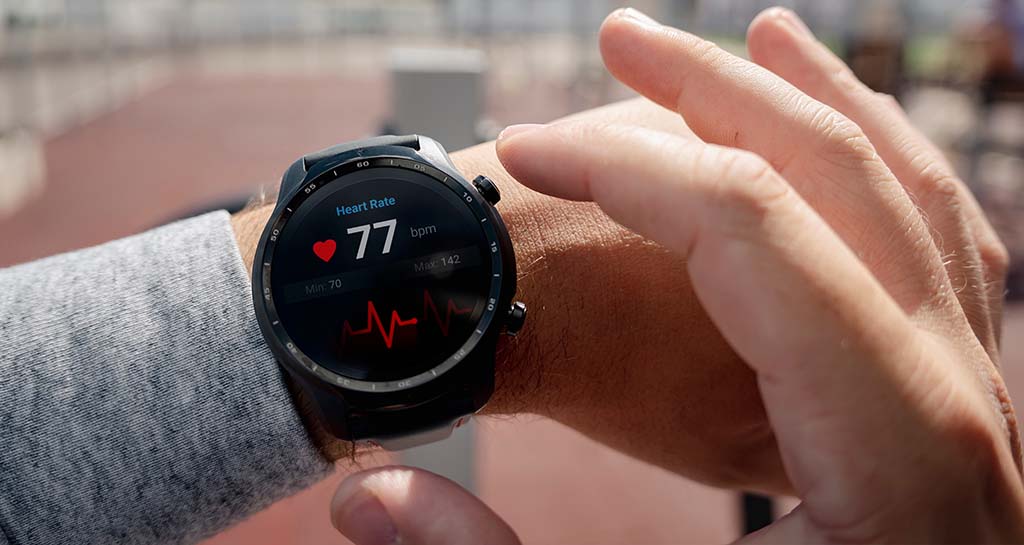
Technologies: Market development and user requirements
Over the past 15 years, the European Union and countries have invested several billion euros in the development of digital, technological solutions. Due to the care crisis in many countries, the market is growing rapidly with a large number of providers, products and technologies. At the same time, the market and the solutions are still not very visible and are difficult to understand for many.
For this reason, the publisher Anja Herberth and her consulting agency owllab.at initiated a comprehensive market survey on assistance solutions (AAL) . Among other things, it analyzes:
- Which solutions are currently on the market
- Which providers appeal to which target groups
- What challenges exist in distribution
- And which criteria are decisive for selection and implementation
This market survey helps local authorities, housing associations, operators and service providers to sharpen their strategies and find concrete solutions for the age-appropriate conversion and operation of buildings.
Opportunities and challenges
Assistance solutions offer older people numerous advantages: they promote independence, increase safety in everyday life and help maintain social contacts. Relatives and care staff also benefit, as digital systems help to ease the burden, provide early information about emergencies and make it easier to organize care processes. By analyzing data, it is also possible to quickly identify a deterioration in health or everyday competence. This means that treatment can be started quickly, medication can be adjusted correctly and illnesses can be countered at an early stage.
Nevertheless, there are challenges: Many older people need support in using the technology, as acceptance and user-friendliness are not yet universal. In addition, funding is often not secure, as many services are not yet covered by social or care insurance funds. Data protection places high demands on the handling of sensitive information. And finally, many technical solutions only unfold their full benefits when they are sensibly combined with social services.
Assistance solutions are a key building block for independent living in old age – whether through technical systems, services or age-appropriate living environments. However, in order to fully exploit the potential of these solutions, more transparency, guidance and target group-oriented offers are needed. After all, technology alone will not solve the care crisis:
It is about the sensible combination and mutual support of human care and technology. The focus is always on people and their needs and support.
And that’s exactly what we at SmartBuildingsCompass.com are committed to.
Author: Anja Herberth
Chefredakteurin
